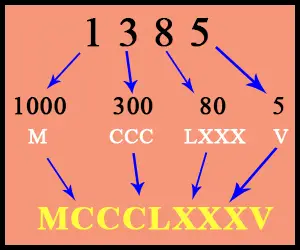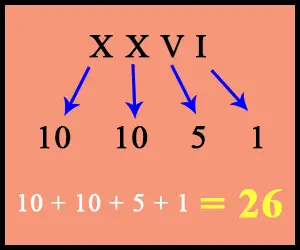What are Roman Numerals?
Roman Numerals are the ancient Roman way of representing numbers. Just like today as we have the modern numeral system, Romans had their own system of representing numbers. It's one of the oldest ways but still, it's widely used. You can easily find their extensive use in mathematical expressions, scientific notations, and much more.

In the Roman Number System, each number has its unique symbol. There are also some calculation rules and signs. You can see this in detail in our chart. Also, you should learn about other historical things such as Greek Letters, ASCII Table, and ALT Codes.
The number system that we use all the time is Hindu-Arabic numerals. These are the set of 10 numbers - 1, 2, 3, 4, 5, 6, 7, 8, 9, and 0. Also, it is inspired by Roman numerals. You can notice the similarity when you compare both systems side by side. However, Hindu-Arabic is a more efficient and convenient way of writing. Also, the Roman system has its own advantages too.

